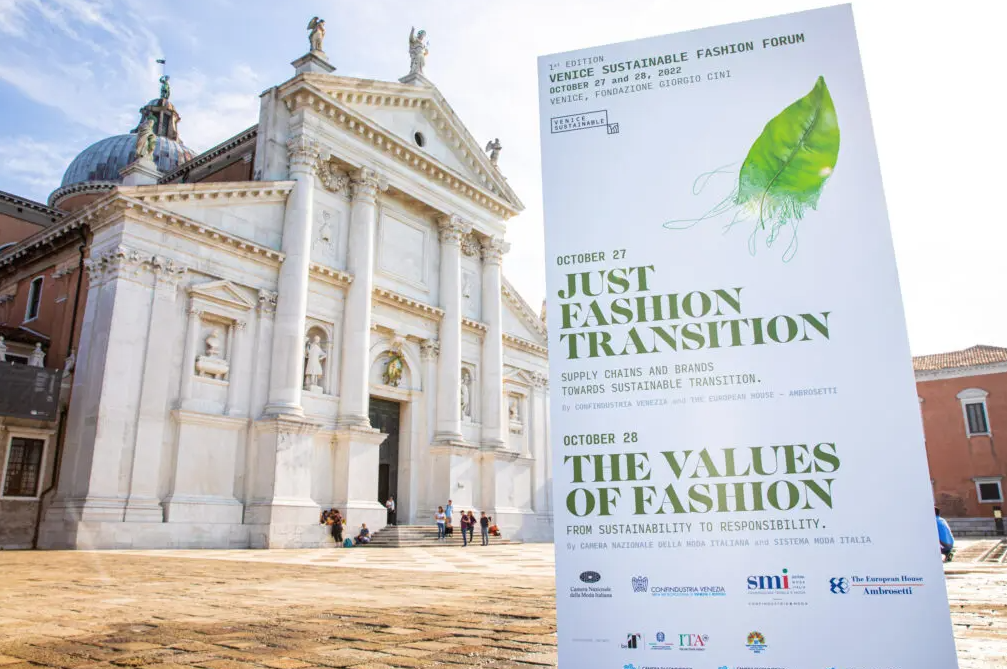(sustainabilityenvironment.com) – In the frame of the Venice Sustainable Fashion Forum, event dedicated to sustainable fashion, was presented the study Just Fashion Transistion, created by The European House – Ambrosetti.
The analysis shows the strong growth drives of the global fashion market, underlining how only a residual part of this business looks at the circular economy. The focus on Italy highlights the relationship between lack of sustainability and limited size of companies, while the global picture, in the absence of detailed data, can only measure the social and environmental impacts of the sector.
The study, coordinated by Carlo Cici, Partner and Head of Sustainability of The European House – Ambrosetti, explores the opportunities and challenges of the sustainable fashion industry through the analysis and evaluation of economic performance-It analyses the sustainability policies of the 100 largest EU fashion companies.
How sustainable is fashion in Italy, Europe and the world?
The main factors that will influence the world of fashion in the coming years and determine whether and how sustainable it will be are, according to the document’s analysis, fast fashion, digital technologies and young people.
The current trends predict the growth of the sector of 6% global annually: the last three decades have seen a speeding up of production time that has translated from 9 months of the 90s to three days of 2020, and at the same time prices have fallen sharply: in the UK of 54% from 1995 to 2014, while for other goods the percentages stood at 49%.
Despite the improvement in production performance, only 3.5% of the global market is affected by circular economy practices: that fashion is an unsustainable sector is understandable but we cannot have reliable data, since we have only estimates of essential information such as the contribution to climate-altering emissions (between 2 and 8.1%) or water waste (from 79 to 215 billion cubic meters). Even at the social level we do not have certain data, but we know that at the global level they work within the supply chain of between 60 and 75 million people, most of whom come from developing countries where there are more frequent exploitation phenomena, child labor or conditions dangerous to safety and health.
Read also Sustainability of the fashion industry: we are not
A more solid mass of data is provided by Europe, and shows that 75% of the negative externalities of the fashion business is produced outside the Union.
Recommendations for making the world of fashion sustainable
The study concludes with a series of recommendations useful to make the fashion business more sustainable, such as the early adoption by brands of optional and mandatory EU instruments, the alliance between actors in the supply chain to invest in innovation and dissemination of good practices, collaboration with trade associations, with the establishment of a permanent observatory for sustainable fashion, but also the lookout of supply chains, through a series of events dedicated to the environment and human rights to spread the culture of sustainability to 360.
The latest recommendation of the study is addressed to the luxury industry, particularly strong in France and Italy, which must – according to the authors – act as a vanguard and dictate the agenda to international institutions but also engage first people, investing fixed profit shares to define scalable circular models.

